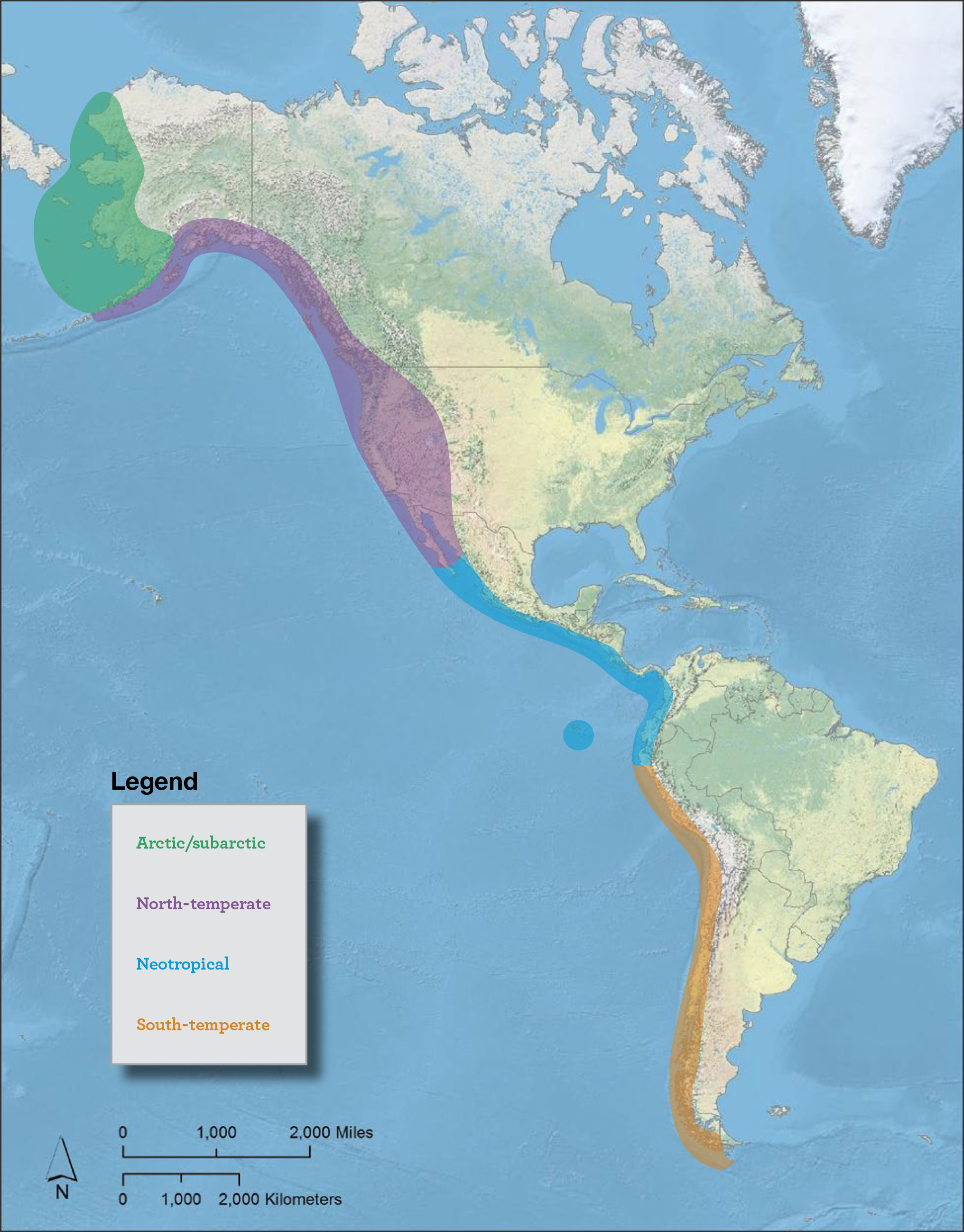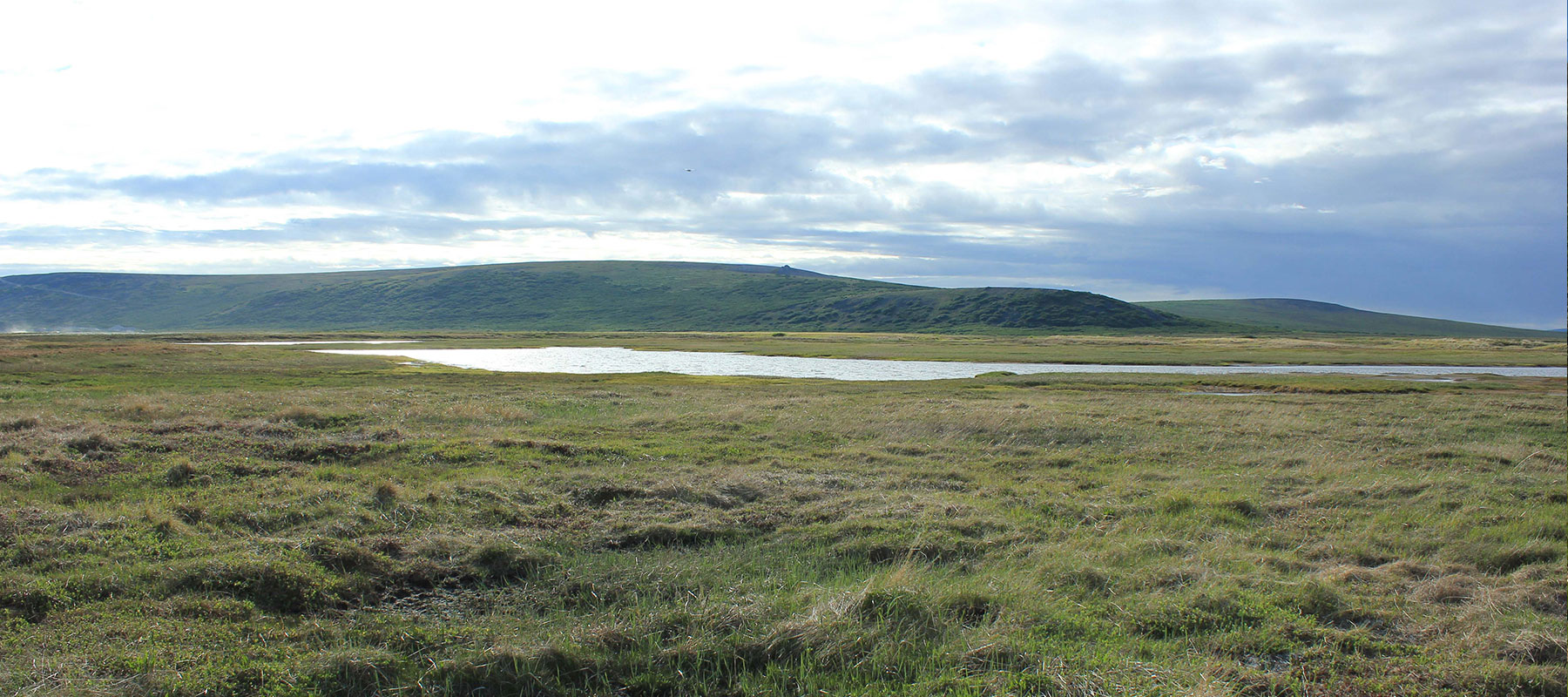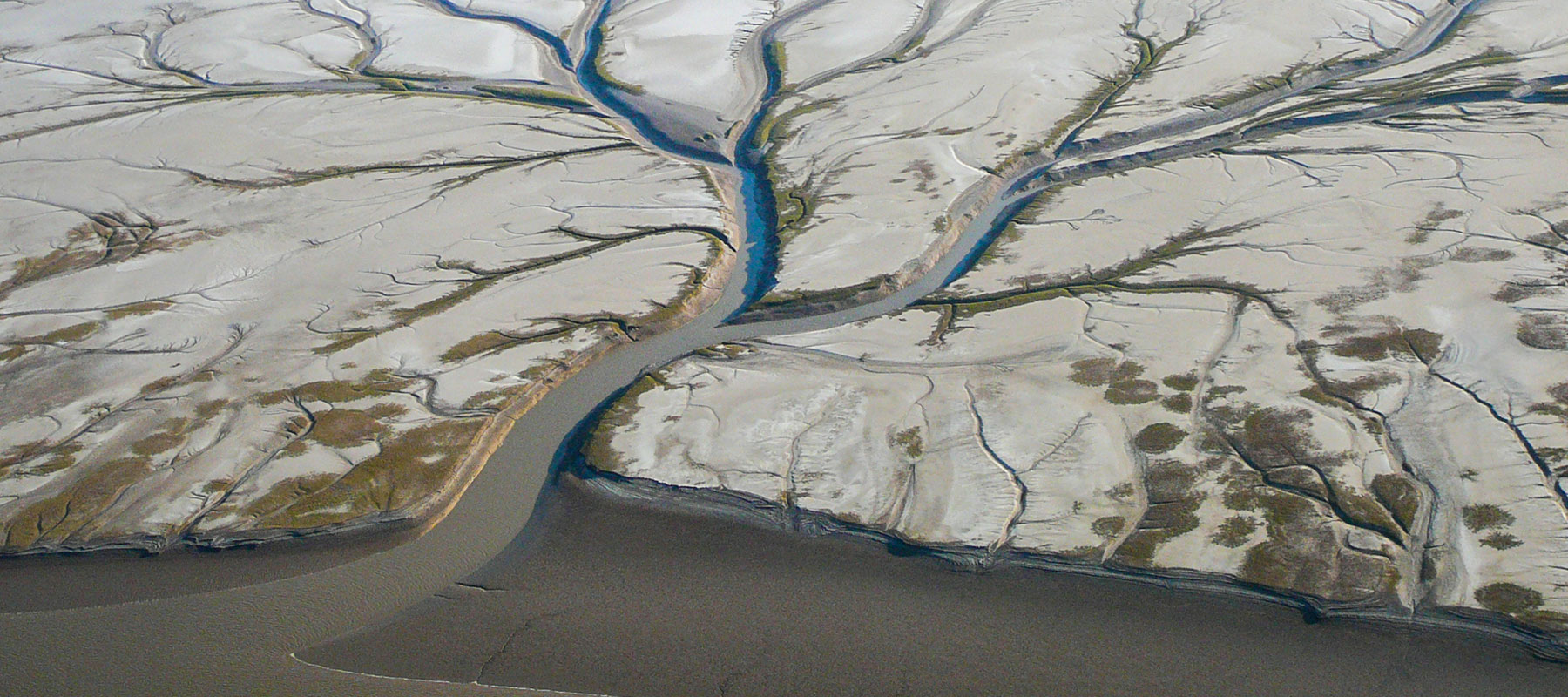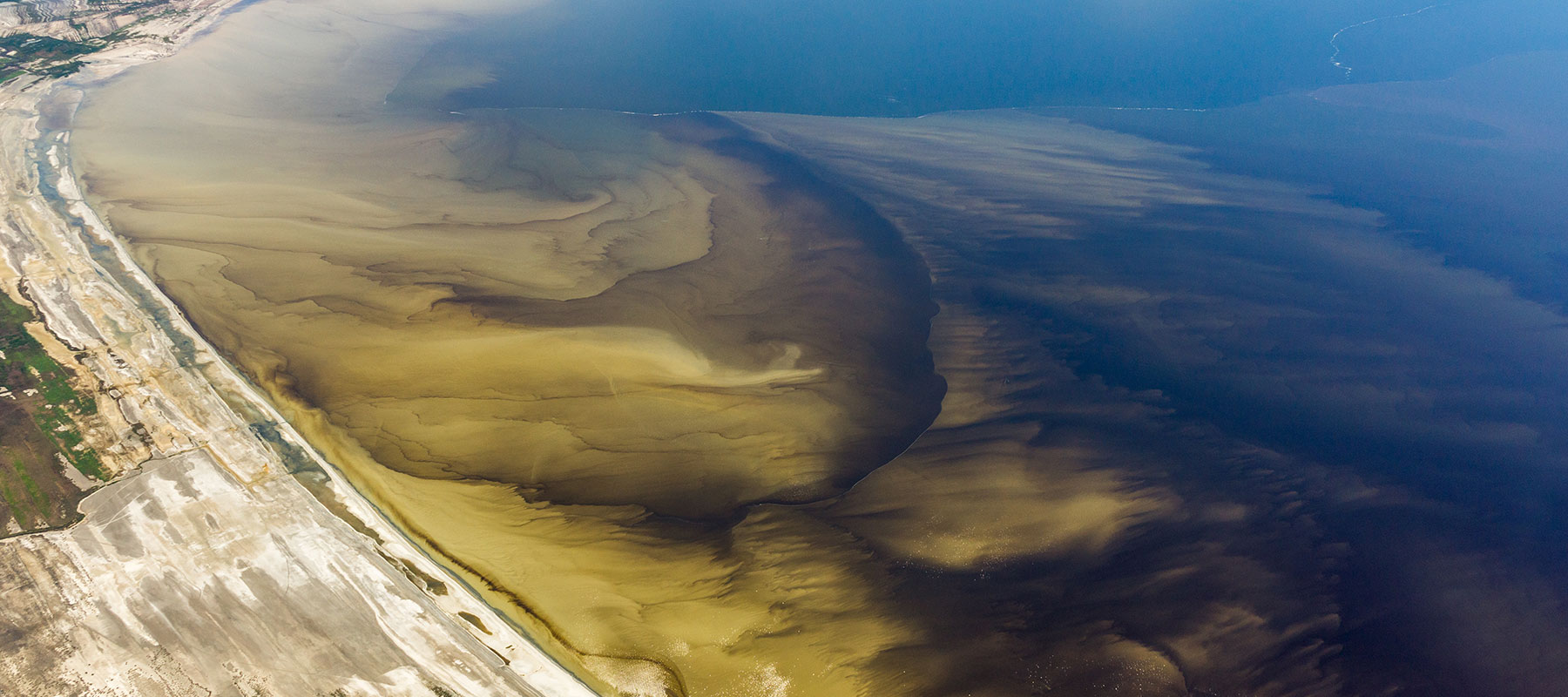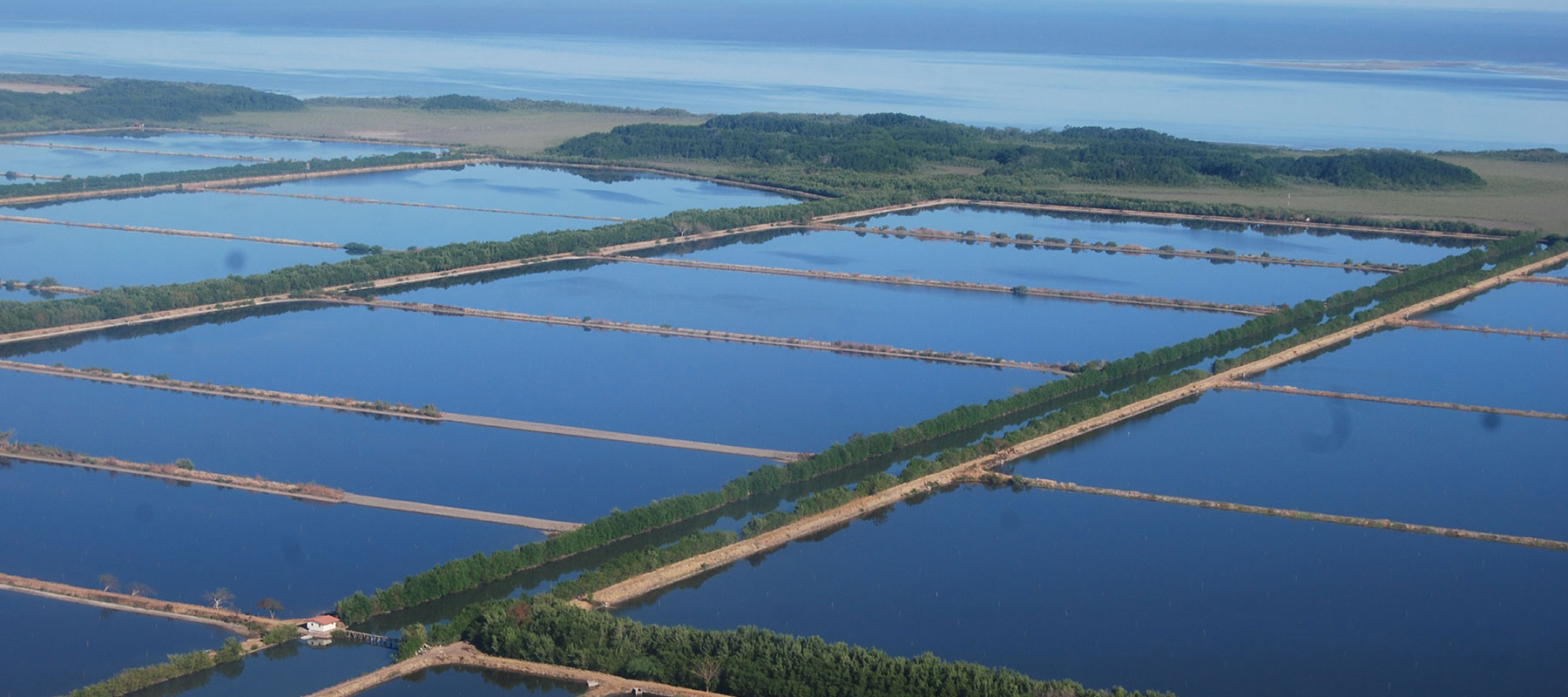Geographic scope
Spanning 120 degrees of latitude, the Initiative focuses on the Pacific coast of the Americas. It extends eastward (inland) in the contiguous United States to include the Great Basin’s saline lakes and interior wetland valleys, which have shorebird connectivity to the Pacific coast. In South America, the area west of the crest of the Andes is included in the geographic scope.
Fourteen countries in the project area are included: Russia, United States of America, Canada, Mexico, Guatemala, El Salvador, Honduras, Nicaragua, Costa Rica, Panama, Colombia, Ecuador, Peru and Chile.
The project area was delineated to complement the Atlantic Flyway Shorebird Initiative. It is subdivided into four focal geographic regions (Arctic/subarctic, North-temperate, Neotropical and South-temperate) that share broad habitat characteristics and similar conservation challenges and opportunities.
Project area for the Pacific Americas Shorebird Conservation Strategy. Map credit: Liling Lee/National Audubon Society.
Important habitats
The project area encompasses a suite of habitats used by Focal Species during their annual cycles along the Pacific coast of the Americas. The interface between terrestrial and marine habitats is often the most important for shorebirds.
Tundra, taiga and alpine environments
Arctic tundra and alpine environments are low lying, treeless landscape with a rich diversity of grasses, sedges, dwarf shrubs and moss species carpeting the ground. Taiga wetlands are subarctic, forested habitats positioned between temperate forest and Arctic tundra. Breeding shorebirds use these seasonally available, snow free habitats during the summer months for breeding. The primary threat to these habitats is climate change. Around settlements, high populations of natural predators can lower productivity of breeding shorebirds. Some species stage in coastal tundra prior to southward migration.
Shorelines and islands
Shorelines not associated with river deltas consist of sand and gravel beaches, dunes and rocks, which may have gradual or steep slopes. Sandy and rocky shorelines and islands provide vital foraging, nesting and roosting habitats for shorebirds throughout their annual cycle. Major threats to these habitats include recreational disturbance, sea-level rise and shoreline modification.
Coastal intertidal wetlands (mudflats, salt marshes and mangroves)
Intertidal habitats are variable across the Flyway but are characterized by the presence of oceanic tidal cycles. Often they are in estuaries where a source of freshwater mixes with the ocean, creating nutrient rich environments that are important for invertebrates, fish and waterbirds. During twice-daily low tides which expose mudflats, many shorebirds forage for benthic invertebrates. During high tides, shorebirds often roost in nearby salt marshes and mangroves. Major threats to these habitats include development, aquaculture, sea-level rise and wetland modification.
Saline and interior environments (salt lakes and pans, freshwater wetlands, grasslands and flooded pastures)
Saline lakes are often terminal lakes where high rates of evaporation and low water outflow create a hypersaline aquatic environment. Interior freshwater environments are wetlands with lower salinities that rely on precipitation and river- or groundwater sources. These habitats provide important shorebird migration stopover and breeding habitats, and many are actively maintained by a variety of federal, state and private managers. Native grasslands and domestic livestock pastures provide nesting and brood-rearing habitat for some species. Near the coast, pastures can provide roosting habitat during high tides and alternative foraging sites during severe weather. Major threats to these habitats include water use and management, invasive species, wetland modification and climate change.
Human-modified wetland habitats (wastewater treatment plants, aquaculture and salt production facilities)
Human-modified wetland habitats have been converted into a variety of production systems, including aquaculture, salt production or other extractives uses. These modified habitats, and others, such as row-cropped rice, can provide alternative foraging and nesting habitats for shorebirds in places where development of natural habitats is extensive. Key to beneficial use of these artificial wetlands by shorebirds are management scenarios that provide beneficial habitats at some point in their annual cycle.
Key shorebird sites in the Pacific Americas Flyway
We used the Western Hemisphere Shorebird Reserve Network’s abundance criteria to delineate shorebird use of sites across the Flyway and throughout the annual cycle. We further refined the 170 site list to only include those important to the focal species. For more detail on selection criteria for this list, see the Strategy.
PACIFIC AMERICAS FLYWAY KEY SITES BY BIRD USE NUMBERS*
* These sites meet the abundance criteria for Western Hemisphere Shorebird Reserve Network designation but are not all formally recognized or have not been nominated.

